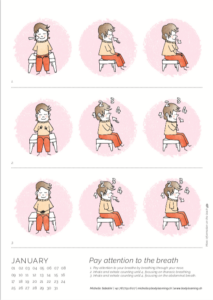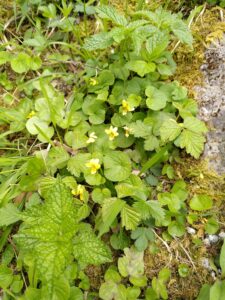 You may found this title intriguing: since when there is any kind of power in renouncing? And why should anyone promote this? It is true that renouncing has still a negative connotation. But I hope you will start to consider it an interesting practice after reading this article.
You may found this title intriguing: since when there is any kind of power in renouncing? And why should anyone promote this? It is true that renouncing has still a negative connotation. But I hope you will start to consider it an interesting practice after reading this article.
My recommendation, in the last article, was to recognise automatisms, through bodyawareness, and to create changes in our repetitive postures. This kind of practice is important: it helps not only to be more attentive to the way we are living in the present ; it also support us in building the commitment to bring bigger changes in our life. We could look at it as a way to train to renounce something comfortable – in this case an easy posture – and engage in something that requires more of our attention. [Weiterlesen]
 In our previous article we started to talk about habits by focusing on one kind of habit: our postures.
In our previous article we started to talk about habits by focusing on one kind of habit: our postures. Habits are these automatisms allowing us to accomplish something easily and without engaging a lot of attention. These actions have been learned through living experiences, learning, exercise or by repetitions.
Habits are these automatisms allowing us to accomplish something easily and without engaging a lot of attention. These actions have been learned through living experiences, learning, exercise or by repetitions. To what purpose would you like to dedicate more time ? Which aspects of your life do you wish to nourish by taking time every day?
To what purpose would you like to dedicate more time ? Which aspects of your life do you wish to nourish by taking time every day? For these autumnal days, I would like to share with you some inputs I got from an article by Kate Yoder about subtraction (1).
For these autumnal days, I would like to share with you some inputs I got from an article by Kate Yoder about subtraction (1). Two years ago, we presented the
Two years ago, we presented the